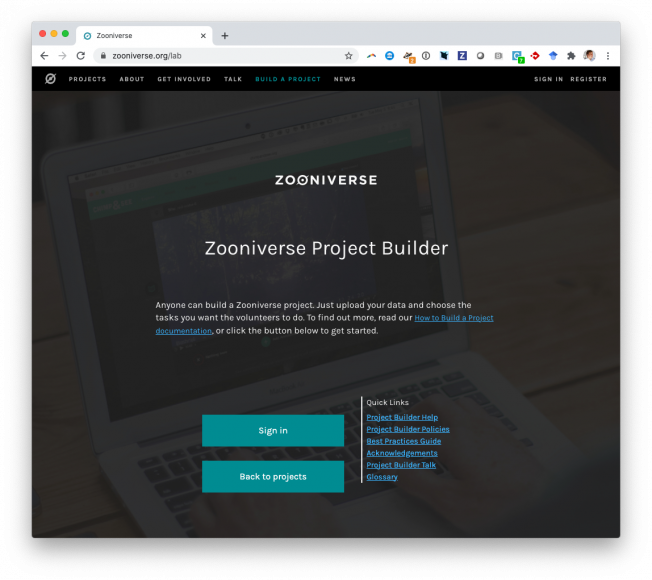Galaxy Zoo: Chiral correlation function of galaxy spins
ArXiv 0809.0717 (2008)
Abstract:
Galaxy Zoo is the first study of nearby galaxies that contains reliable information about the spiral sense of rotation of galaxy arms for a sizeable number of galaxies. We measure the correlation function of spin chirality (the sense in which galaxies appear to be spinning) of face-on spiral galaxies in angular, real and projected spaces. Our results indicate a hint of positive correlation at separations less than ~0.5 Mpc at a statistical significance of 2-3 sigma. This is the first experimental evidence for chiral correlation of spins. Within tidal torque theory it indicates that the inertia tensors of nearby galaxies are correlated. This is complementary to the studies of nearby spin axis correlations that probe the correlations of the tidal field. Theoretical interpretation is made difficult by the small distances at which the correlations are detected, implying that substructure might play a significant role, and our necessary selection of face-on spiral galaxies, rather than a general volume-limited sample.Tracing high density gas in M 82 and NGC 4038
ArXiv 0808.2815 (2008)
Abstract:
We present the first detection of CS in the Antennae galaxies towards the NGC 4038 nucleus, as well as the first detections of two high-J (5-4 and 7-6) CS lines in the center of M 82. The CS(7-6) line in M 82 shows a profile that is surprisingly different to those of other low-J CS transitions we observed. This implies the presence of a separate, denser and warmer molecular gas component. The derived physical properties and the likely location of the CS(7-6) emission suggests an association with the supershell in the centre of M 82.Galaxy Zoo: the dependence of morphology and colour on environment
ArXiv 0805.2612 (2008)
Abstract:
We analyse the relationships between galaxy morphology, colour, environment and stellar mass using data for over 100,000 objects from Galaxy Zoo, the largest sample of visually classified morphologies yet compiled. We conclusively show that colour and morphology fractions are very different functions of environment. Both are sensitive to stellar mass; however, at fixed stellar mass, while colour is also highly sensitive to environment, morphology displays much weaker environmental trends. Only a small part of both relations can be attributed to variation in the stellar mass function with environment. Galaxies with high stellar masses are mostly red, in all environments and irrespective of their morphology. Low stellar-mass galaxies are mostly blue in low-density environments, but mostly red in high-density environments, again irrespective of their morphology. The colour-density relation is primarily driven by variations in colour fractions at fixed morphology, in particular the fraction of spiral galaxies that have red colours, and especially at low stellar masses. We demonstrate that our red spirals primarily include galaxies with true spiral morphology. We clearly show there is an environmental dependence for colour beyond that for morphology. Before using the Galaxy Zoo morphologies to produce the above results, we first quantify a luminosity-, size- and redshift-dependent classification bias that affects this dataset, and probably most other studies of galaxy population morphology. A correction for this bias is derived and applied to produce a sample of galaxies with reliable morphological type likelihoods, on which we base our analysis.Galaxy Zoo : Morphologies derived from visual inspection of galaxies from the Sloan Digital Sky Survey
ArXiv 0804.4483 (2008)
Abstract:
In order to understand the formation and subsequent evolution of galaxies one must first distinguish between the two main morphological classes of massive systems: spirals and early-type systems. This paper introduces a project, Galaxy Zoo, which provides visual morphological classifications for nearly one million galaxies, extracted from the Sloan Digital Sky Survey (SDSS). This achievement was made possible by inviting the general public to visually inspect and classify these galaxies via the internet. The project has obtained more than 40,000,000 individual classifications made by ~100,000 participants. We discuss the motivation and strategy for this project, and detail how the classifications were performed and processed. We find that Galaxy Zoo results are consistent with those for subsets of SDSS galaxies classified by professional astronomers, thus demonstrating that our data provides a robust morphological catalogue. Obtaining morphologies by direct visual inspection avoids introducing biases associated with proxies for morphology such as colour, concentration or structual parameters. In addition, this catalogue can be used to directly compare SDSS morphologies with older data sets. The colour--magnitude diagrams for each morphological class are shown, and we illustrate how these distributions differ from those inferred using colour alone as a proxy for morphology.Galaxy Zoo: The large-scale spin statistics of spiral galaxies in the Sloan Digital Sky Survey
ArXiv 0803.3247 (2008)



